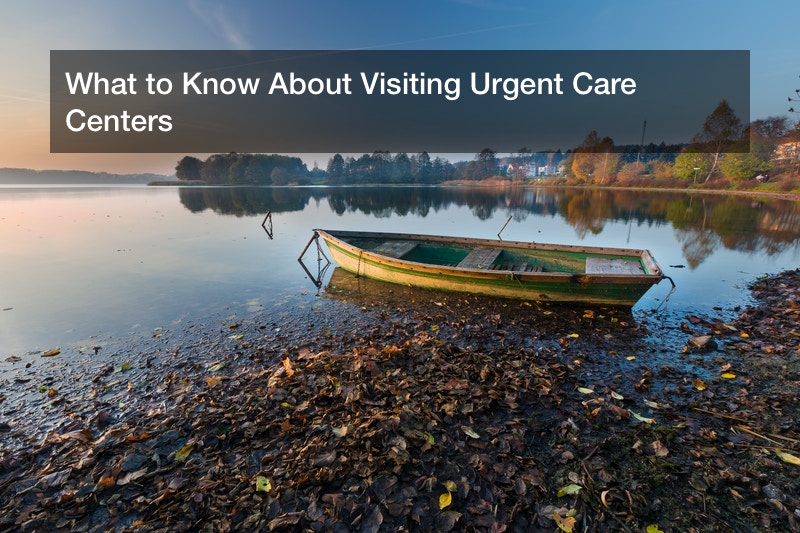
Many Americans both young and old will suffer illnesses or injuries on a given day, and when this happens, they are going to need professional medical care. But bear in mind that urgent care and emergency care are two different things; emergency care is for major and life-threatening injuries and conditions, while urgent care is optimal for minor medical conditions. It is far too costly and time-consuming to visit the ER for a sprained wrist or a cold, for example; instead, this is what urgent care is for. Urgent care is provided at walk in clinic and urgent care centers, and this service is often known as convenient care due to its relatively low cost and waiting times.
Finding Urgent Care Centers
When a victim needs to be taken to an urgent care center or walk in clinic for help, a nearby responsible party can look up local urgent care sites online, if they don’t already know one. This means entering a search such as “urgent care near me” and “walk in clinics open right now,” and noting the name, address, and hours of operation of each result. Not all of these clinics are open 24 hours a day; if a patient needs help at an odd time of day, such as 3:00 AM, then it’s best to specify “24 hour urgent care” to find an open clinic. Some of these clinics may also have guest ratings and reviews that a person can refer to, to avoid iffy clinics or find the best ones in the area.
Where are these urgent care centers found? Many of them are built into strip malls, for easy access and parking, while others are built into large retailers (retail clinics) such as Target, Walmart, and Walgreens. Others are found inside hospitals, and take note that they offer distinct care and staff from the hospital at large. A guest who needs urgent care (as opposed to the ER) can visit those clinics for proper treatment and ignore the hospital itself.
Common Health Hazards
There are a number of reasons why a patient needs to visit a walk in care center, such as if they caught a bad cold or came down with the flu. Americans collectively catch one billion colds per year, and each cold can last two to 14 days, though 10 is more typical. During influenza season, a flu patient will probably want to visit a walk in clinic for medical relief, especially since the flu can turn deadly in some cases. Meanwhile, regardless of the season, many Americans also come down with food poisoning, when they eat poorly prepared food that had harmful bacteria or viruses in it, and some 48 million people get food poisoning every year. Meanwhile, many people accidentally cut or pierce their skin on sharp or pointed objects like nails or broken glass, and being out in the sun too long can cause sunburn or even a melanoma. All of this and more calls for professional medical aid.
Visiting an Urgent Care Center
A typical walk in clinic is a small, independent medical facility staffed with nurse practitioners and physicians, though these clinics can and do form small local networks sometimes. An urgent care clinic is much faster and cheaper to visit than the ER, and while costs and wait times vary, a clinic that is running smoothly can see about three patients per hour. A guest might have a wait time as short as 15 minutes, and many healthcare insurance policies are accepted at these clinics, too. Thus, the field is known as “convenient care.”
Often, patients visit walk in clinics to get a prescription drug refill at the clinic’s pharmacy, and this is especially common in retail clinics, since it’s convenient to pick up medicine there while shopping. As mentioned earlier, many guests visits urgent care sites for medicinal treatment during influenza season, and these clinics often host flu shot drives to help protect local populations from illness. Four in five of these clinics can treat bone fractures, and nearly all of them can also treat wrist or ankle sprains. The nurse practitioners on staff can provide stitches and bandages for shallow cuts, and provide lotion and ointment for cases of sunburn or skin rashes.
